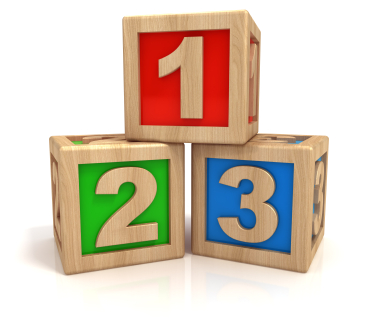Three of a Kind

In 2005, Debbie and Kent Beasley of California had triplets — kind of. All three children were conceived in 1992 and the older two children were born then, but the third one required thirteen more years — the result of an ever-advancing world of science with an unintentional intentional assist from a crooked doctor. Meet Laina Beasley, the baby born from an embryo frozen for over a decade before her birth.
In the early 1990s, Laina’s parents were hoping to start a family but had trouble getting pregnant. Like many have in recent decades, they turned toward in vitro fertilization, or IVF, a lengthy, potentially painful, and often expensive process where the mother’s egg is fertilized by father’s sperm outside the body and is then implanted into the woman’s womb. Because of the costs and because the implantation does not always work, it is common for the doctors to extract many eggs at once — a dozen or more, perhaps — even though only four or so are implanted at a time. (UK law, for example, only allows two or three eggs to be implanted at a time, depending on the age of the would-be mother.)
In the case of the Beasleys, in 1992, Debbie had 12 eggs extracted and fertilized but only three implanted, two of which she was able to carry to term. The other nine sat in storage with her fertility doctor, Ricardo Asch, without an explained future use (if any) for them. Or so the Beasleys thought.
In 1995, Dr. Asch and others were accused of taking their patients’ embryos — including the Beasleys’ — and providing them to other women and to research institutions, without their patients’ knowledge or consent. (These types of donations are not uncommon, but doing so without permission is as shocking as it sounds.) The clinic was shuttered and the Beasleys’ embryos ended up across the country, at a university (unnamed) where they were to be used for medical research. Most likely, they would have been destroyed in the interim years, but due to Dr. Asch’s apparently immoral act, eight of the nine remaining embryos were saved.
According to the BBC, in 2001, the Beasleys decided to try get pregnant again, using the remaining embryos. Of the now six remaining — two were lost in an attempt gone bad in 1996, which almost cost Debbie her life — four thawed properly and were viable. All four were implanted into Mrs. Beasley and one ended up making it through 35 weeks of the 40 week typical gestation period. In June of 2002, Laina Beasley was born, joining her brother and sister, thirteen years later.
Bonus fact: Triplets occur naturally in about 1 in 7,900 pregnancies, and in almost all of those cases, at least one of the triplets is genetically different than the others. Identical triplets do occur, often caused when a fertilized egg splits and then one of the resulting two eggs splits again (or when both split but only three of the resulting four survive). The odds of a pregnancy resulting in identical triplets? According to MSNBC, they may be as rare as one in 200 million.
From the Archives: Super Twins: Laina and her siblings were born at different times but conceived at the same time. But what about the opposite? Can two siblings conceived at different times be born at the same time? Yes — and it doesn’t require IVF.

Leave a comment